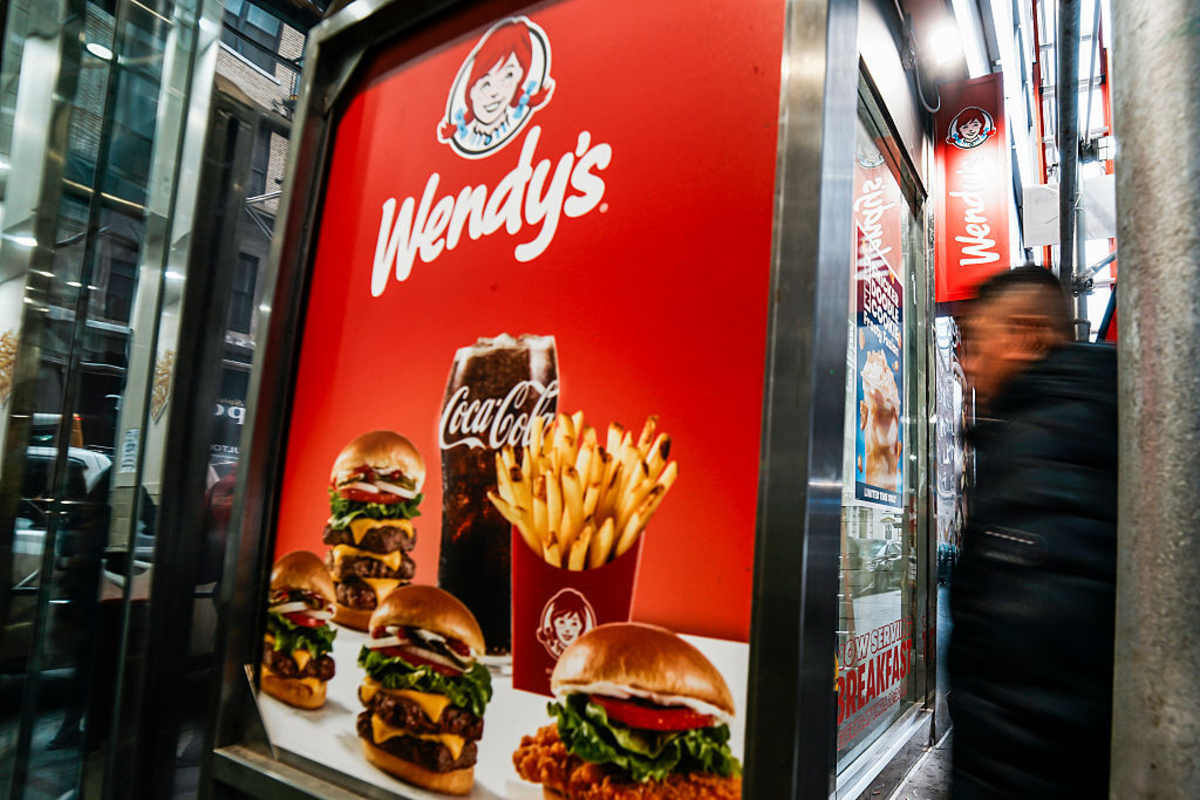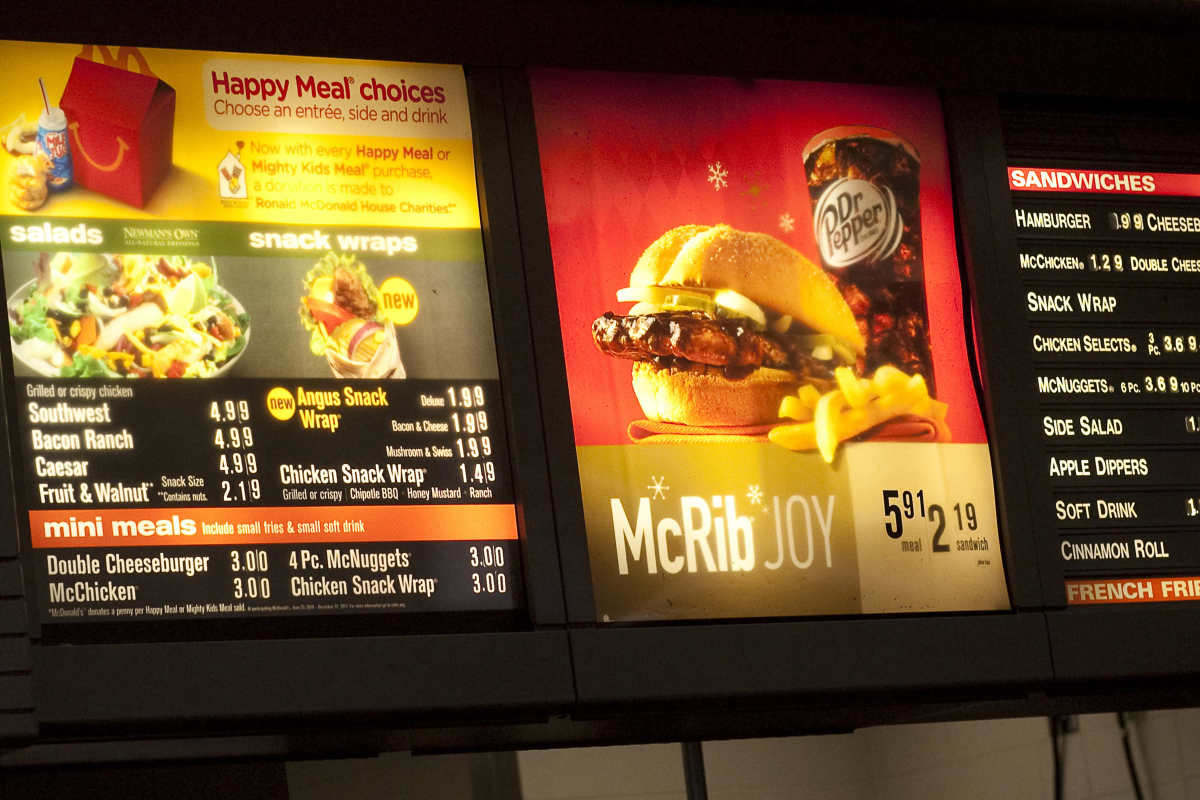Wendy’s prepares for a large-scale closure across US next year

DUBLIN, OHIO: Fast food chain Wendy’s is preparing for a major shift in its US operations, with the company planning to close a significant number of restaurants next year. The move marks one of the biggest restructurings the chain has taken on in recent years and reflects the mounting pressures facing major fast-food brands as competition intensifies.
Wendy’s outlines nationwide closures

As part of a broader effort to revive its domestic business, which has been hit by slowing sales and weaker customer traffic, the company plans to shut down hundreds of restaurants across the country next year.
During its earnings call on Friday, November 7, Interim CEO Ken Cook said a “mid-single-digit percentage” of its 6,011 US restaurants is expected to close in 2025. A mid-single-digit percentage translates to roughly 4% to 6%, meaning the lowest projected number of closures would be about 241 stores.
Cook acknowledged that the chain’s business and sales “remain under pressure” and emphasized that leadership is “acting with urgency” to return US sales to growth.
In the company’s latest fiscal quarter, global sales fell 2.6%, while sales at US locations dropped 4.7%. Executives attributed the decline largely to fewer customer visits, though higher average spending per order softened the blow.
Ken Cook details scale of shutdowns

Wendy’s leadership said it is pushing forward with multiple initiatives aimed at improving performance at company-operated restaurants. While the closures form a central piece of the restructuring, Cook noted that efforts to improve execution and simplify operations are also underway.
Earlier this year, the company began streamlining programming and execution to reduce complexity at the store level. Cook said these changes were intended to help employees move faster, improve service consistency, and ultimately lift sales.
Company actions aim to boost performance
Instead of investing heavily in expansion, Wendy’s is focusing on raising sales at existing US stores. One of its key initiatives, Project Fresh, was introduced to improve restaurant operations, strengthen profitability, and reinforce long-term viability.
The company said the plan has already shown early signs of traction at its company-operated restaurants, where it reported “meaningful progress on key actions to enhance the customer experience.

Fast-food chains face rising cost pressure
Wendy’s challenges reflect a wider trend in the quick-service restaurant sector. Many core customers are feeling the impact of higher living costs, leaving them with less discretionary income. As a result, major fast-food chains have been forced to roll out more discounts, bundled meals, and promotions to retain price-sensitive customers.
Will Auchincloss, EY-Parthenon’s Americas retail sector leader, told FOX Business that consumer behavior is shifting as Americans adjust spending to offset rising costs for essentials like food and housing.
He noted that restaurant spending is often one of the first areas to be reduced across all income levels. “With nearly 40% of lower-income households already pulling back, recent QSR price cuts may be a signal of a broader industry shift,” Auchincloss said, adding that brands face mounting pressure from value-driven consumers and may soon need to realign pricing strategies across the sector.










